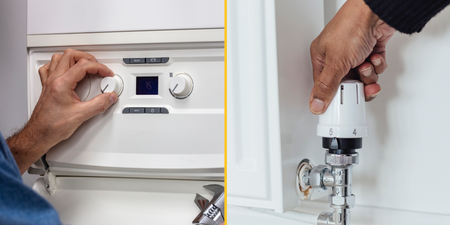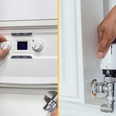Those winter months are approaching with a vengeance
With plunging temperatures and soaring energy prices, UK citizens will no doubt be wondering how to best heat their homes without breaking the bank this winter.
With news of the energy price cap increase – which sets the limit on the rates you pay for gas and electricity – a rise in energy bills is expected for around 15 million households.
Ofgem has raised the price cap by £1,138 for a typical user to £1,277, which for those of you struggling with maths, is an increase of £139. At the same time, the price cap for prepaying customers has risen by £153 from £1,156 to £1,309.
But is it cheaper to leave your heating on low all day or only switch it on when you need it?
Energy expert for Uswitch.com, Sarah Broomfield, explains that if your house sees more significant heat loss, you will inevitably spend more trying to maintain the inside temperature.
“For those living in properties that aren’t as well insulated, the cost of leaving your heating on all the time will be especially expensive, “she recently told the Mirror.
“Typically the most energy-efficient approach to heating your home is to programme your heating system so that it comes on at times when you need it most.
“And with many of the more modern room thermostats you also have the ability to set different temperatures at different times – and even set up a separate timer for weekends. “
But this isn’t a simple issue. In fact, a lot of experts think the exact opposite. MoneySavingExpert believes that you should keep your heating on consistently.
Specialists told the site that condensation builds within walls when the heating is turned off so ultimately you could lose heat more quickly in the long run due to it conducting heat from outside the home.
The conclusion isn’t very helpful, unfortunately. The general consensus depends heavily on the type of home you have, the materials it is built from, the type of heating you use and whether you have insulation.
Related links:
RELATED ARTICLES






MORE FROM JOE
























MORE FROM JOE


























